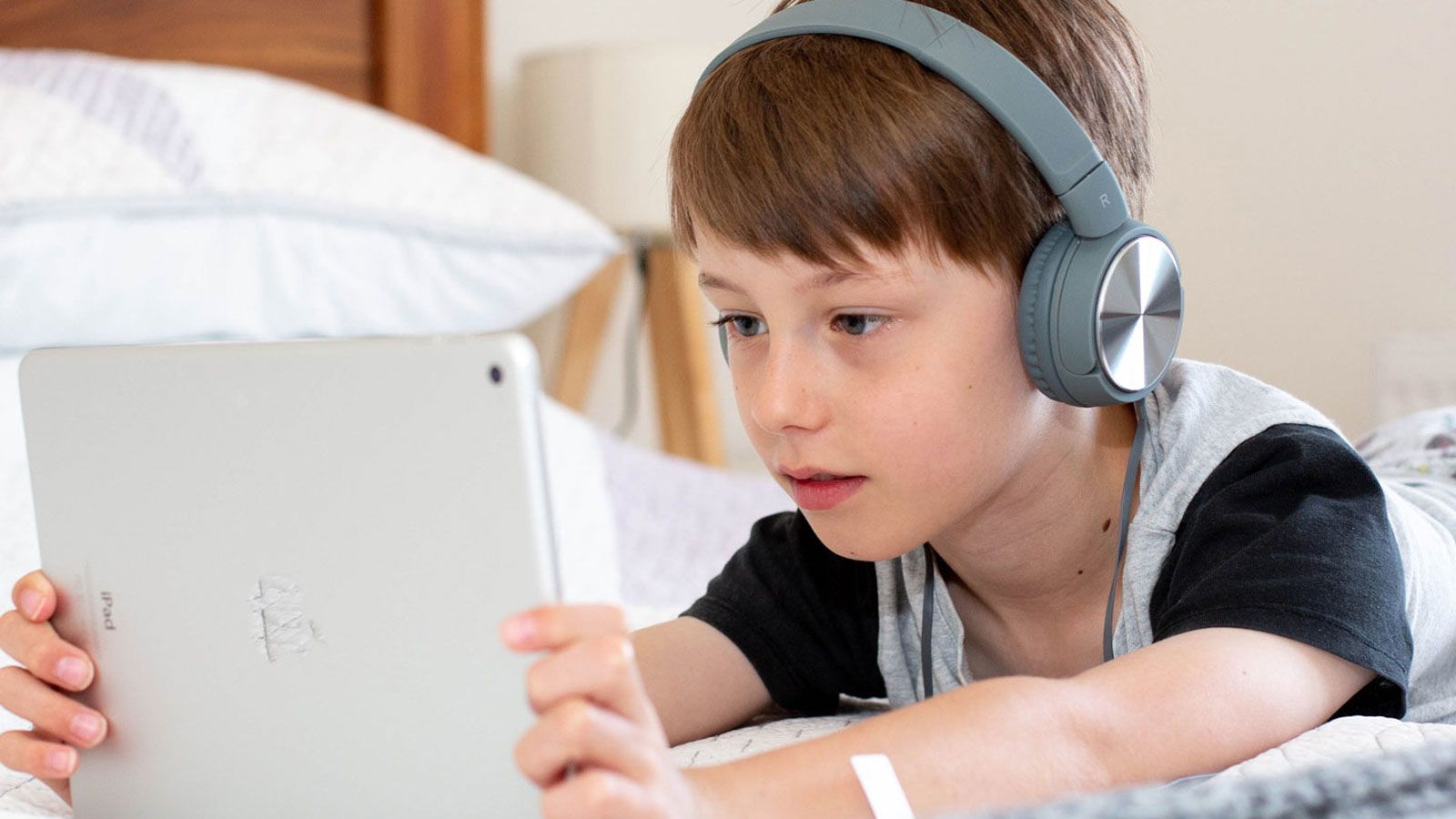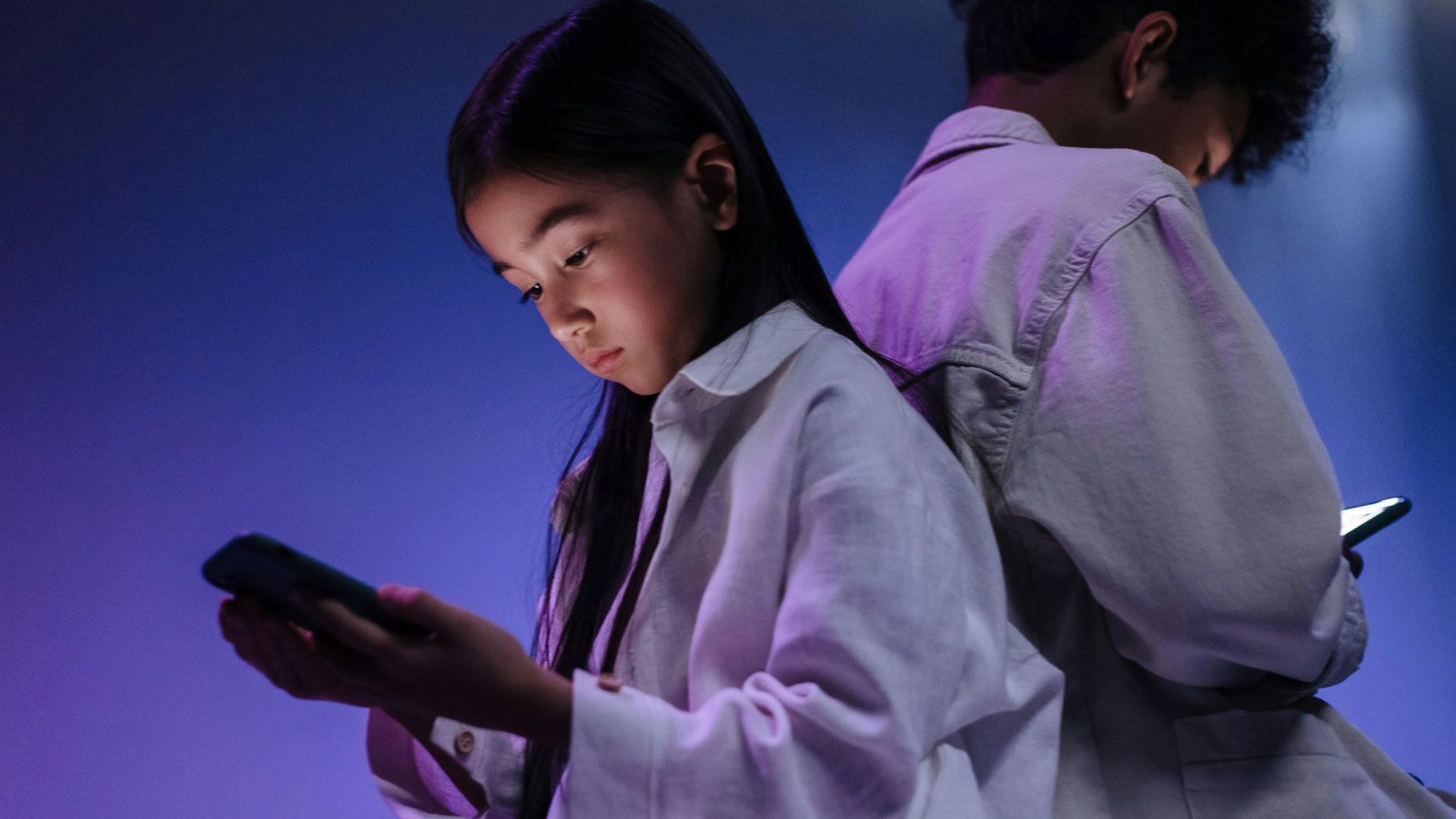

AI and digital technologies impel us to prepare for global, ‘internet-mediated’ learning

Digital technologies like ChatGPT are propelling education into an era of global, “internet-mediated” learning, according to a new book which likens the uncertainties surrounding artificial intelligence to the apprehension that accompanied the invention of chalkboards.
The book, by academics from the Universities of Cambridge and Manchester, argues that AI and other internet-linked technologies are already transforming education. It envisages a near future where educators support students learning with each other and AI ‘partners’ online, and suggests that potentially, this could foster new, collective forms of identity and understanding within the next generation.
To navigate that shift, however, it suggests that education requires a stronger understanding of how to integrate technology with teaching and learning.
The emergence of Large Language Models like ChatGPT has prompted an inconclusive debate about AI in universities and schools. Some experts have highlighted AI’s potential, but there are also concerns that it will limit learning opportunities, and expose students to misinformation. In parts of the US, ChatGPT was initially banned from schools, although many restrictions have now been lifted.
The book is entitled The Theory of Educational Technology and was co-authored by Rupert Wegerif, Professor of Education at the University of Cambridge, and Dr Louis Major, at the University of Manchester. They will be discussing some of their main ideas at an event on ‘AI-powered pedagogy’ and the future of education in Cambridge on 26 March.
Both recognise that AI has both benefits and drawbacks, but add that disquiet about educational technology is nothing new. In the early 1800s, for example, many teachers opposed the use of chalkboards, the development of which implied a switch from individual to whole-group teaching. There were even chalkboard riots at Yale University, where students objected to having to solve problems in front of their peers without textbooks.
Wegerif said: “We often forget that things we take for granted in education – like books and desks – are themselves technology that once challenged us to think differently. I find it extraordinary that so much discussion about new technology is defined by negativity and neglect. We complain that young people are glued to screens rather than talking to each other, but they are talking, through those devices. Arguably, they are moving towards a possible future where instead of just conversing with our neighbours we might understand a wider mix of people. We need to think more about how technology is changing the nature of dialogue and what it means to be; and what that means for how we learn.”
It’s plausible that in the near future a lot of education will happen through online communities of enquiry.
Wegerif and Major argue that education and technology share an “entangled” history. Despite this, the two are rarely considered together at a theoretical level; and even when they are, technology is often positioned as auxiliary to education, rather than as something that might define it.
This is a gap that the book seeks to fill. For example, the authors argue that social media and other internet-based tools have considerable potential for education, even though, at present, they are often used to sow division and disinformation. Supported by a proper understanding of how they might work in partnership with educational practice, however, they suggest that such technologies could stimulate “transnational” and “translingual” behaviours and thinking among students.
This, they point out, could not be more opportune, because today’s students will need to collaborate widely – and peacefully – in response to large, global challenges like climate change and mass migration.
Wegerif and Major propose that learners might become more “dialogical beings” who encounter new ideas and co-construct meaning with others online. That requires new forms of education, they suggest, through which they are not just “filled” with cognitive structures and memorised information, but learn to work collectively, in ways that encourage the development of shared identities and goals.
The book cites several examples of this “internet-mediated” dialogic learning in action. One is the Generation Global project; which has enabled over 600,000 students aged 12 to 17, often from countries with histories of tension, to collaborate online. Others include the MIT-developed Scratch community, and various online role-playing games with educational elements.
“Learning happens when humans work together with technology to form systems and solve problems,” Major said. “It’s plausible that in the near future a lot of education will happen through online communities of enquiry, with classroom learning acting as a bridge to those bigger, long-term dialogues.”

The book offers a foundational framework for educators thinking about how to assess new technology. This urges them to consider how new innovations might enable meaningful and respectful interactions between students; peer-to-peer learning that complements the curriculum; sustained long-term discussions beyond the classroom; and problem-solving when faced with unexpected challenges.
It also argues that the design and use of educational technologies should be determined not just by EdTech companies, but by teachers, academics and – ideally – parents and students.
The authors advocate an ‘educational design-based research’ approach, in which groups of professionals, communities and academics work together to iteratively design, implement, evaluate and refine the use of technology in education.
At its best, the authors suggest, this will not only enable technology to drive positive change in the classroom; it will also help professionals to think about why they are using it, and what they want it to accomplish. They highlight bodies such as the Global EdTech Hub, which has already demonstrated the benefits of such strategies in low-and middle-income countries.
“We need educators to be more involved in the question of what technology is for,” Wegerif said. “Doing that with AI, for example, might mean we guide students towards being critical and suspicious of some of what it tells them, but also to see ways in which it could be a potential learning partner. The idea of a self-reflective, self-reforming system of educational enquiry to drive that thinking forward is very much an ideal. But ideals give you a sense of direction, and there are cases where communities of teachers are already working together in exactly this way.”
The Theory of Educational Technology is published by Routledge.
Images in this story:
Emily Wade, via Unsplash
Ron Latch via Pexels
